The Meo King's Palace in Sa Phin Commune, Dong Van District, Ha Giang Province is a unique structure, harmoniously combining Chinese, French and Hmong architectural styles.
The Meo King's Palace (also known as the King's Palace) was built more than 120 years ago in Sa Phin Commune, Dong Van District, Ha Giang Province. The Meo King poured 150,000 Indochinese silver coins into the project, equivalent to 150 billion VND today.
This is a unique work that harmoniously combines three architectural styles: Chinese, French and stone stacking techniques associated with the culture of the indigenous Hmong people.
The Hmong culture is notable for its stone stacking technique, creating solid walls with loopholes for defense and combat.
Roof covered with yin and yang tiles, carved with many patterns.
The stone carving technique is also shown in many details appearing throughout the villa's construction. In the picture, the base of the house's column is shaped like a poppy (opium poppy) and carved with sophisticated patterns.
The stone relief bears the characteristics of Hmong culture.
Overall, the Meo King's Palace exudes a structure with typical Chinese architectural features. The palace is designed from low to high, consisting of 3 parts: Front Palace, Middle Palace and Back Palace.
The wooden house is designed with 2 floors with 64 interconnected rooms, the courtyards are all designed according to feng shui rules.
Sophisticated carving techniques in royal style.
The main gate to the palace also has Chinese architectural features.
This architectural style also appears in mausoleums within the mansion grounds.
The modern French architectural style is clearly shown through the fireplaces in some rooms.
The windows are designed with 3 layers, the outermost layer is shutters, the middle layer is bars and the innermost layer is glass. The glass panels were transported from France more than 100 years ago to build this mansion.
With its unique cultural and architectural values, in 1993, the Meo King's Palace was recognized as a national architectural and artistic relic by the Ministry of Culture and Information (now the Ministry of Culture, Sports and Tourism).
Currently, this relic is assigned to the descendants of the Meo King to manage, protect and serve tourists.
The Meo King's Palace, also known as the Vuong Family Palace, is a place associated with the life and career of the Meo King's father and son - Vuong Chinh Duc and Vuong Chi Sinh (or Vuong Chi Thanh). Mr. Vuong Chinh Duc (1886 - 1962) was the head of the feudal feudal regime of the H'mong people in the mountains, so he was also called the Meo King. His son, Vuong Chi Sinh, followed the revolutionary path and was elected as a National Assembly delegate for two terms. The King Meo Palace began construction in 1898 and was officially completed in 1907 with a cost of up to 150,000 Indochinese silver coins (about 150 billion at current value). This project was designed and built by Chinese workers in collaboration with the H'mong people, creating a project of more than 1,200 square meters on a total land area of about 3,000 square meters. |
Van Thanh Chuong
Source: https://dulich.laodong.vn/kham-pha/dinh-thu-tram-tuoi-150-ti-dong-tren-cao-nguyen-da-ha-giang-1364681.html



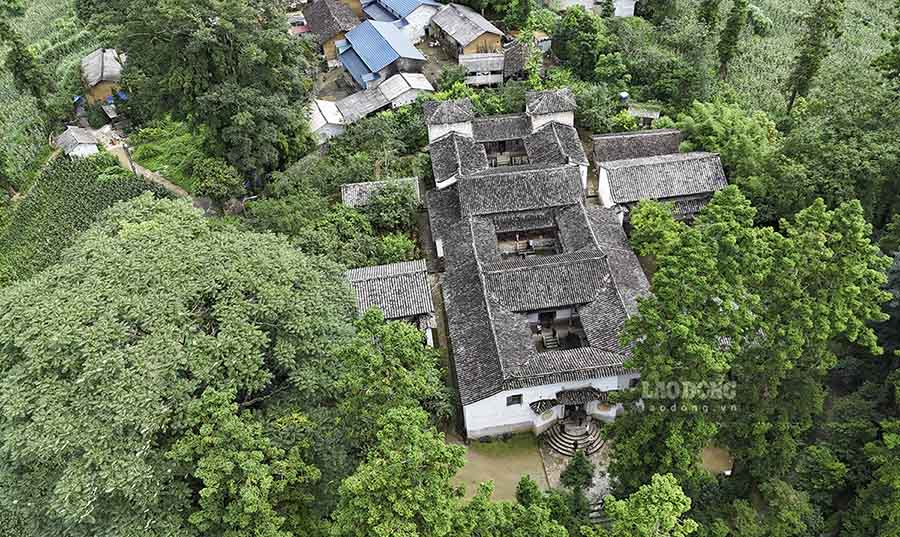
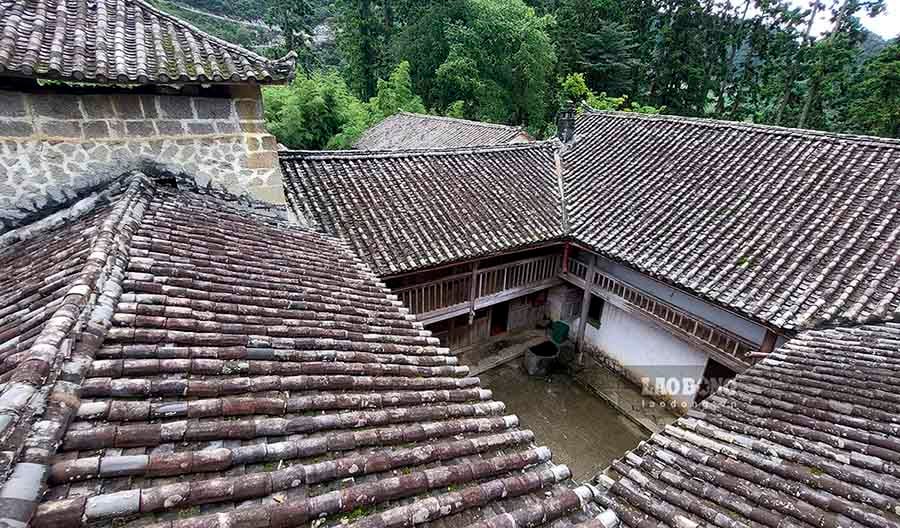
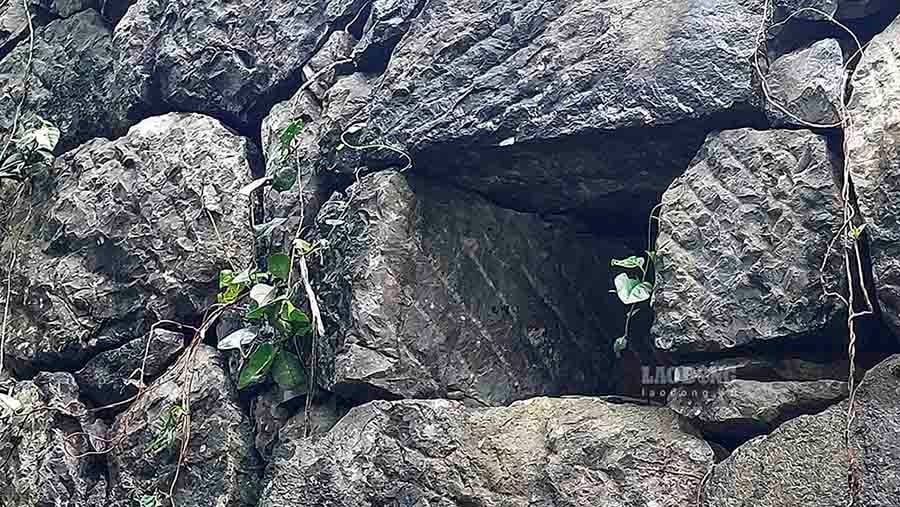
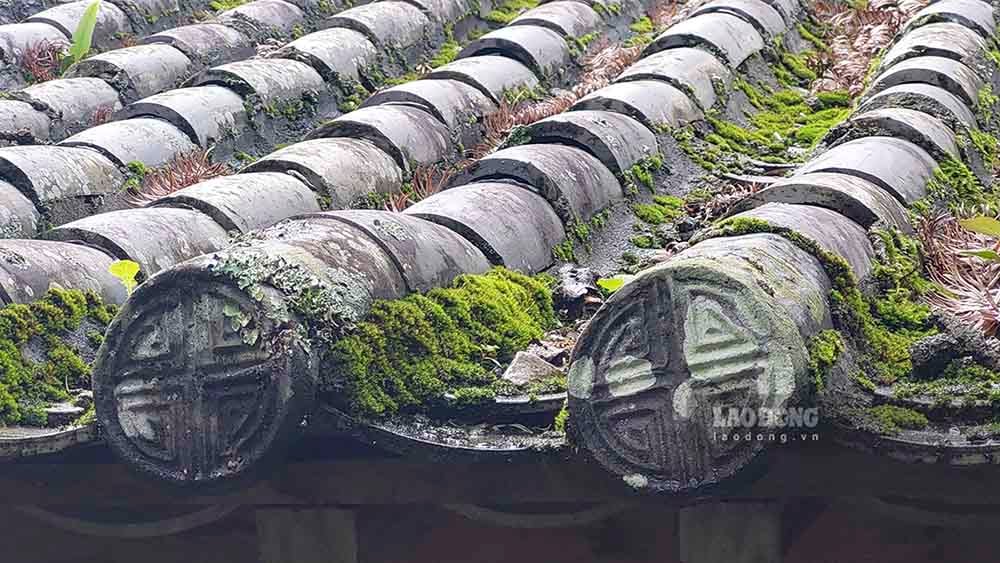
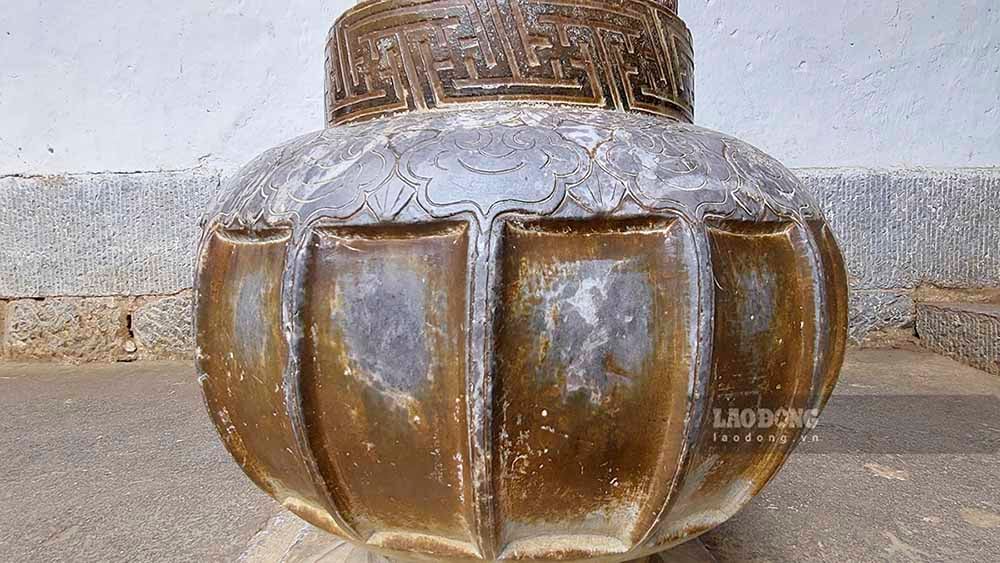
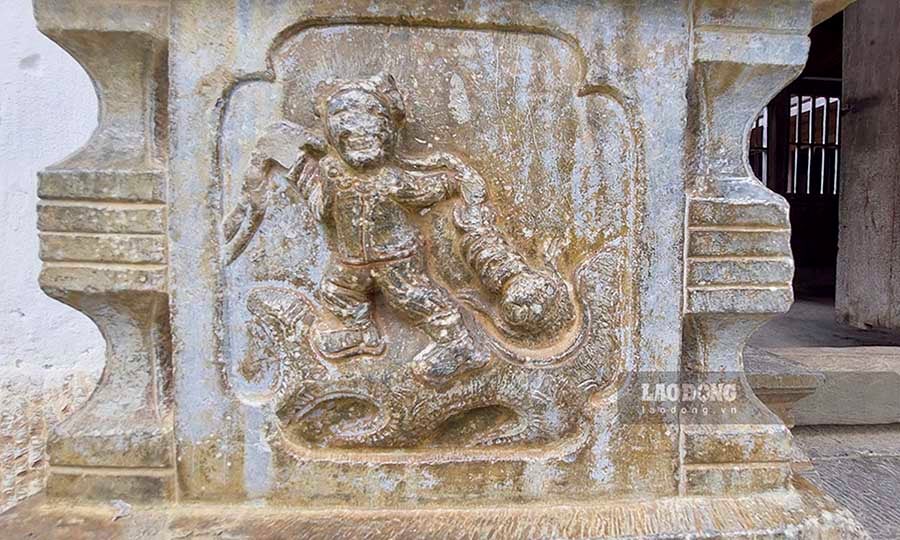
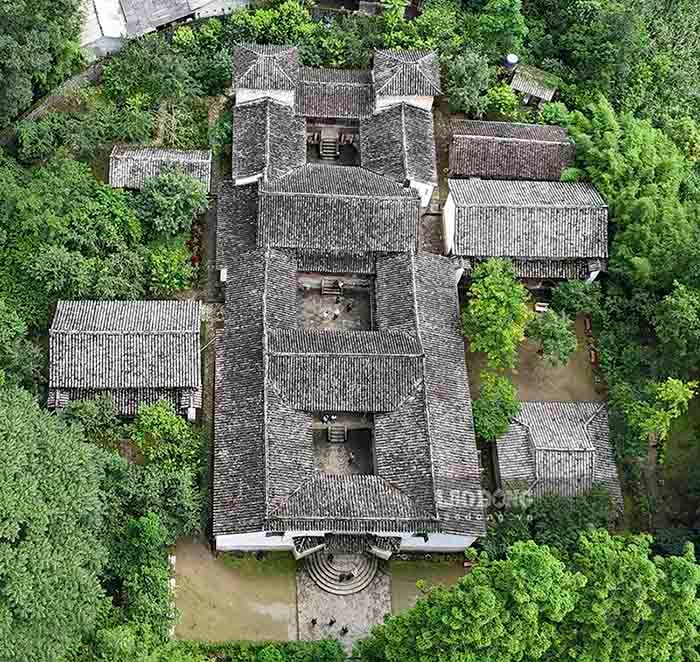
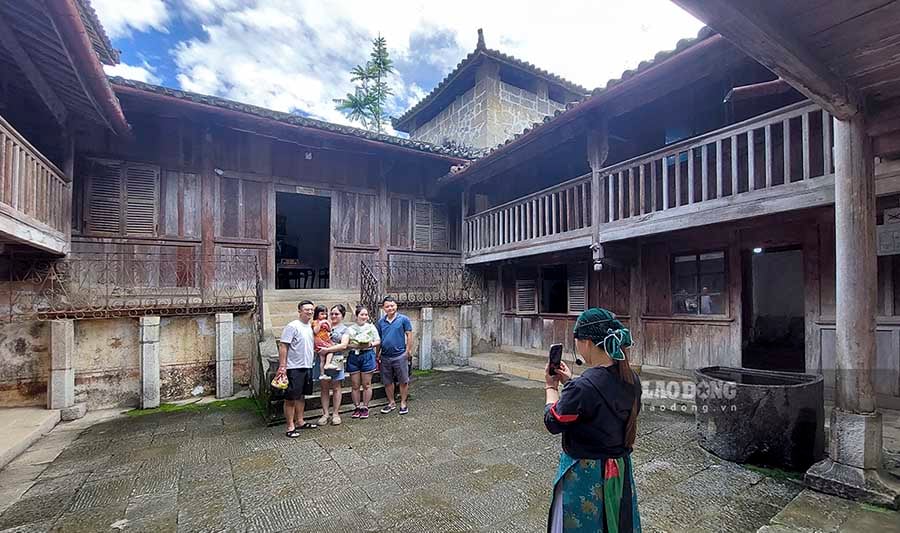

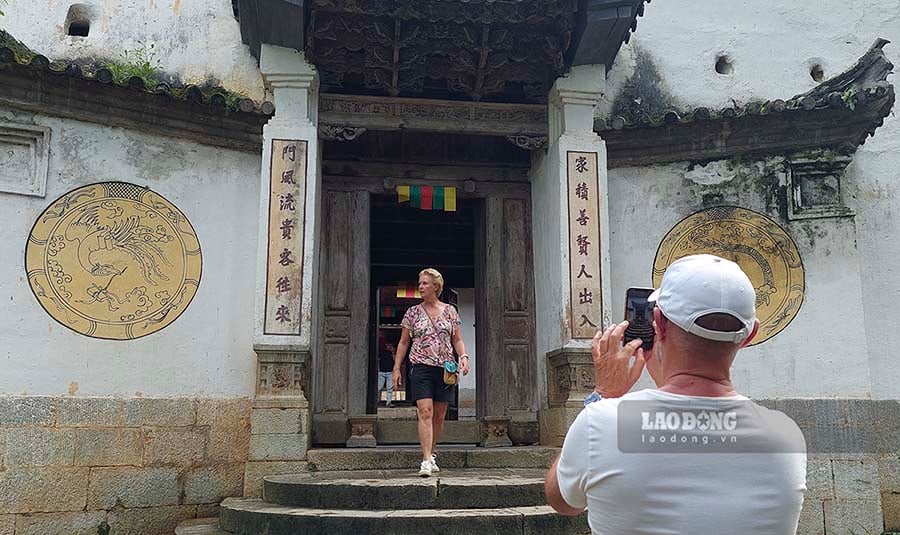
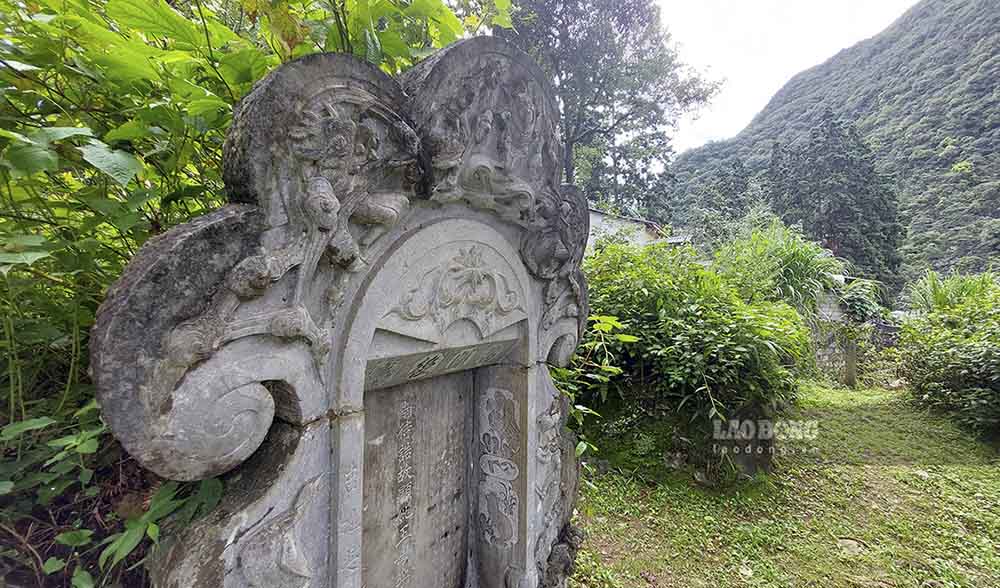
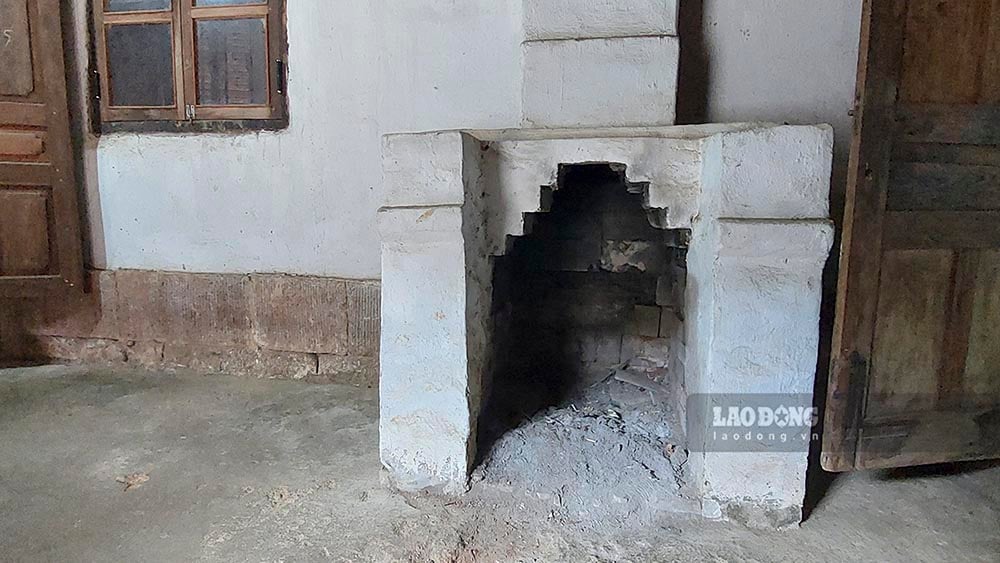
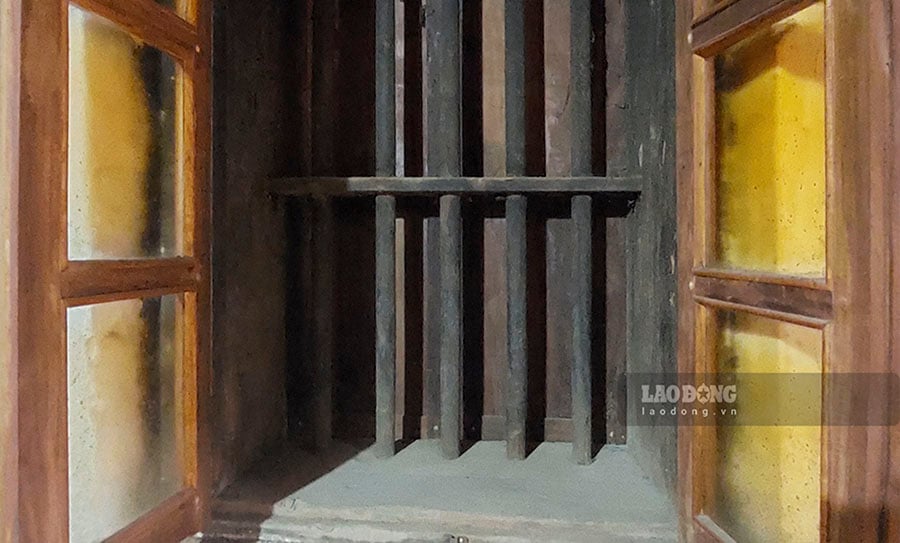
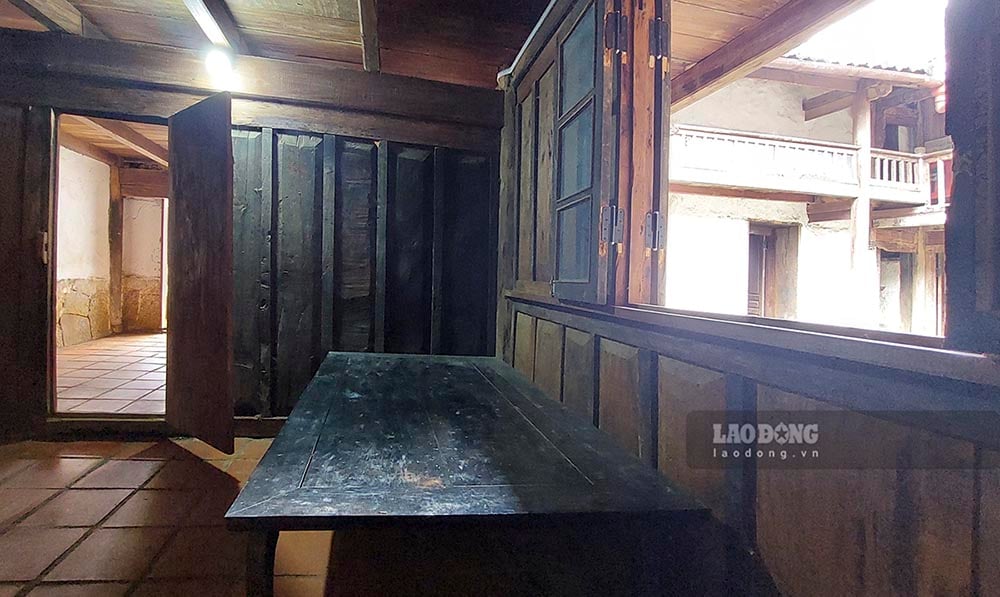
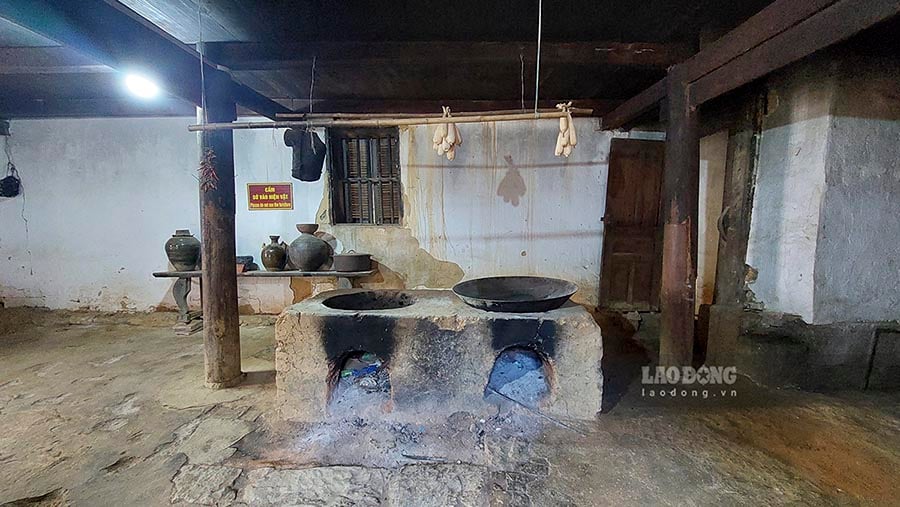

![[Photo] Prime Minister Pham Minh Chinh chairs the conference to review the 2024-2025 school year and deploy tasks for the 2025-2026 school year.](https://vstatic.vietnam.vn/vietnam/resource/IMAGE/2025/8/22/2ca5ed79ce6a46a1ac7706a42cefafae)
![[Photo] President Luong Cuong receives delegation of the Youth Committee of the Liberal Democratic Party of Japan](https://vstatic.vietnam.vn/vietnam/resource/IMAGE/2025/8/22/2632d7f5cf4f4a8e90ce5f5e1989194a)





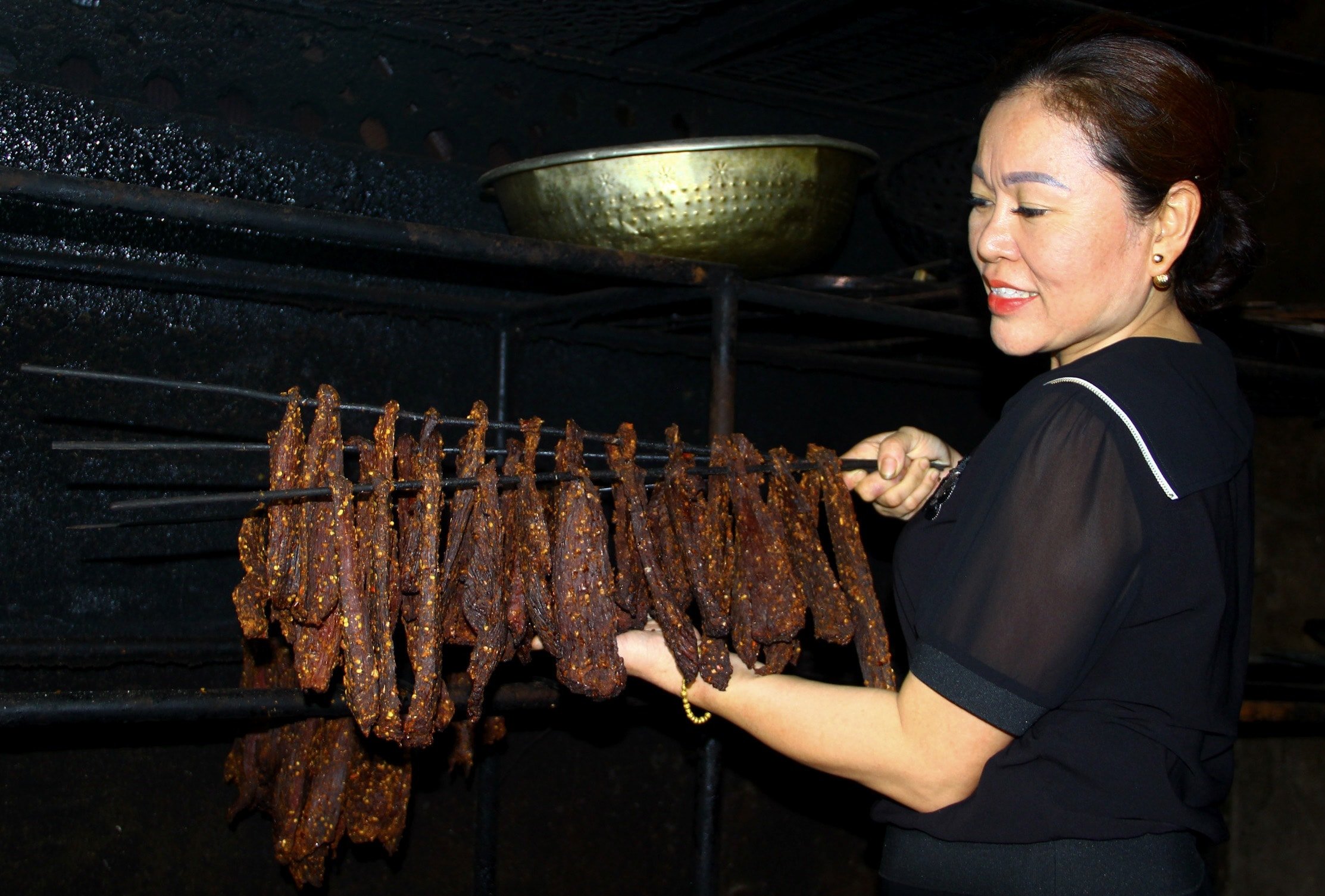

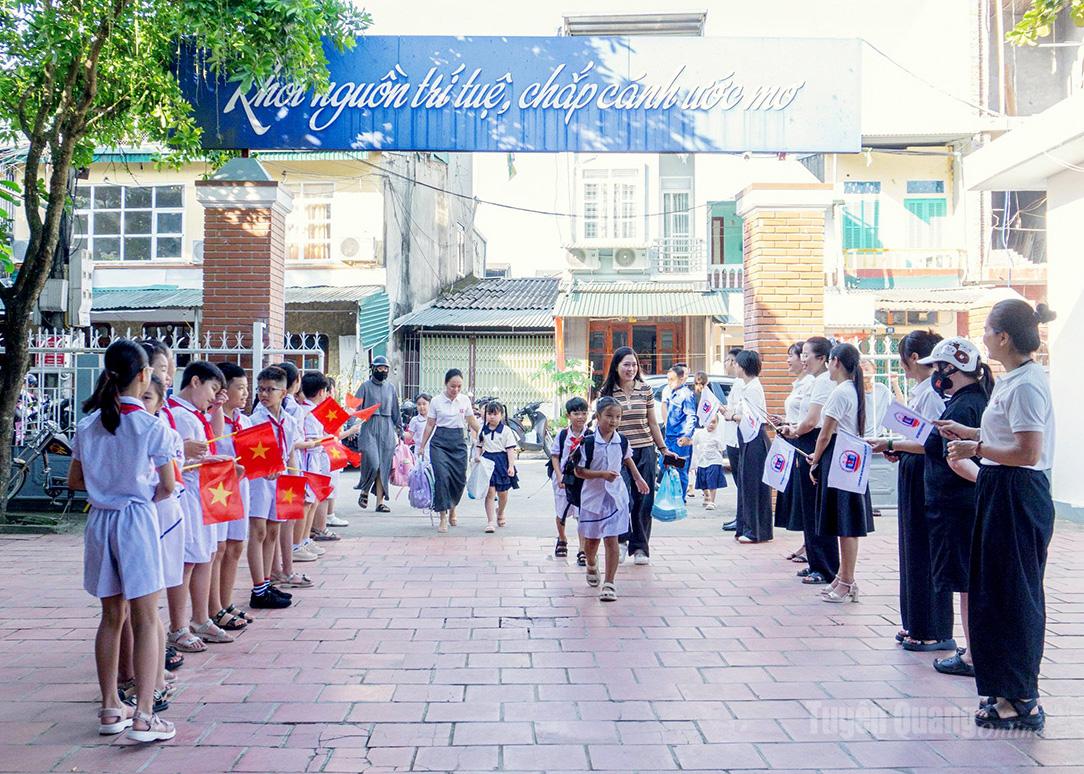




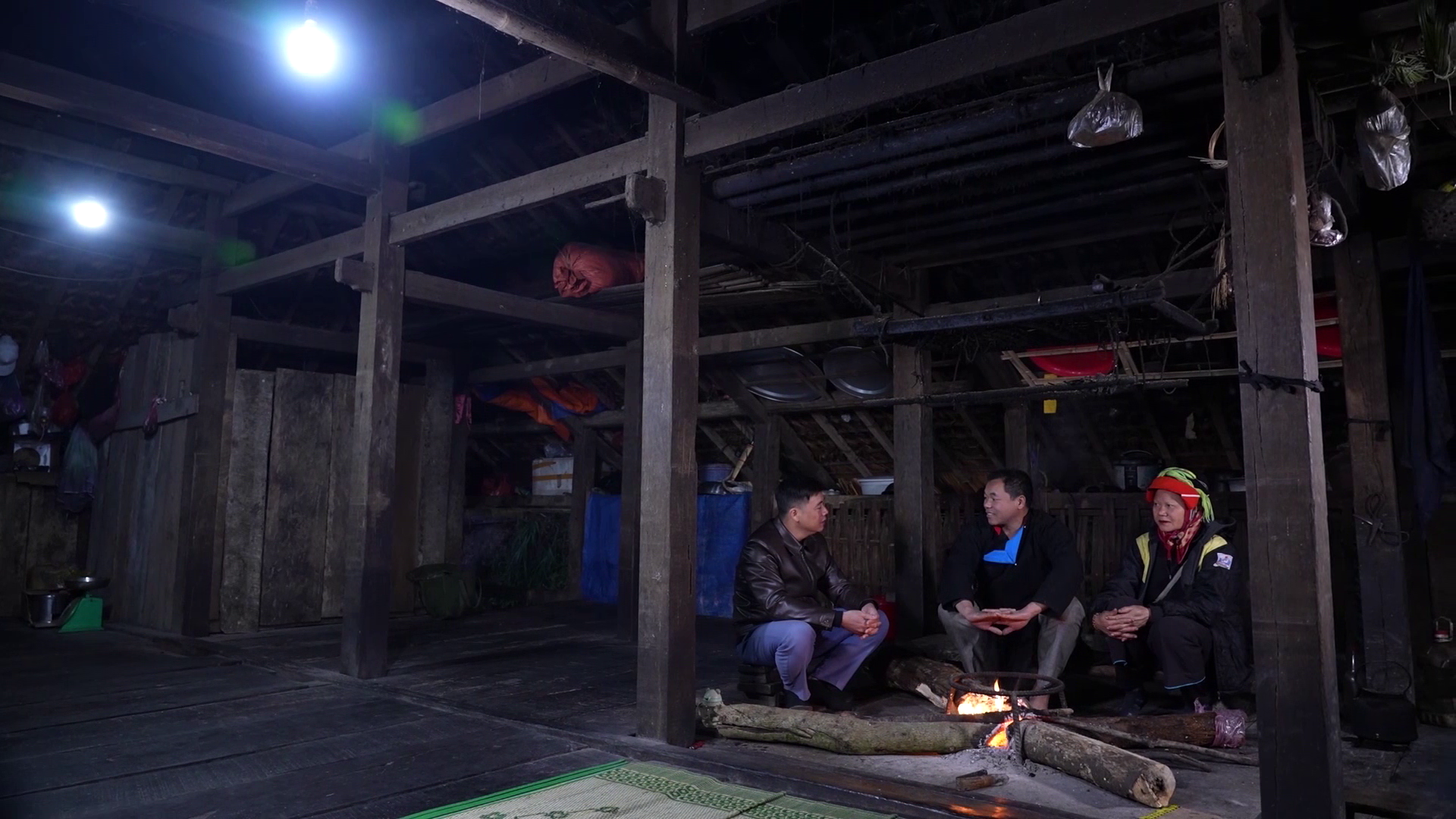

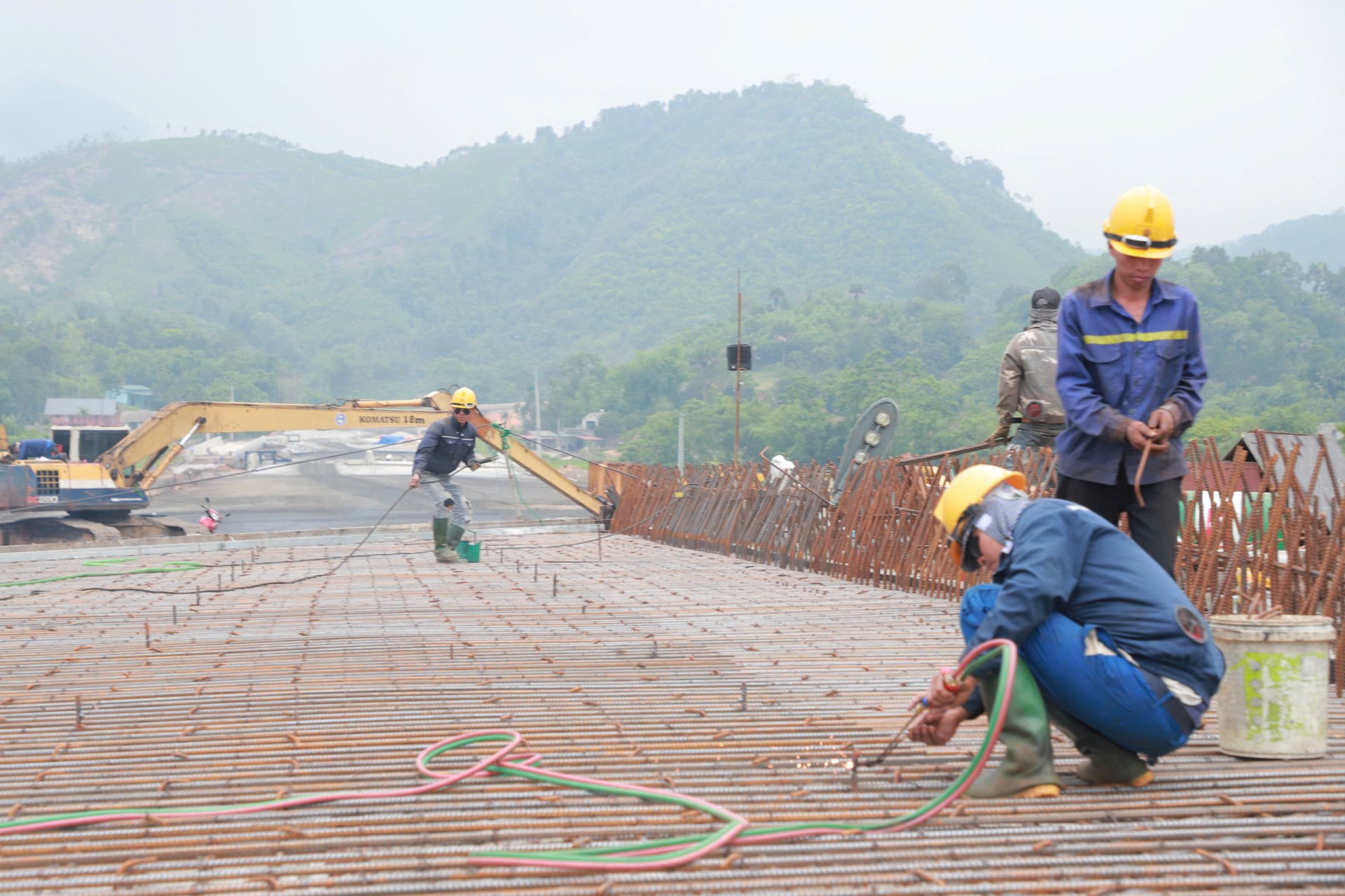

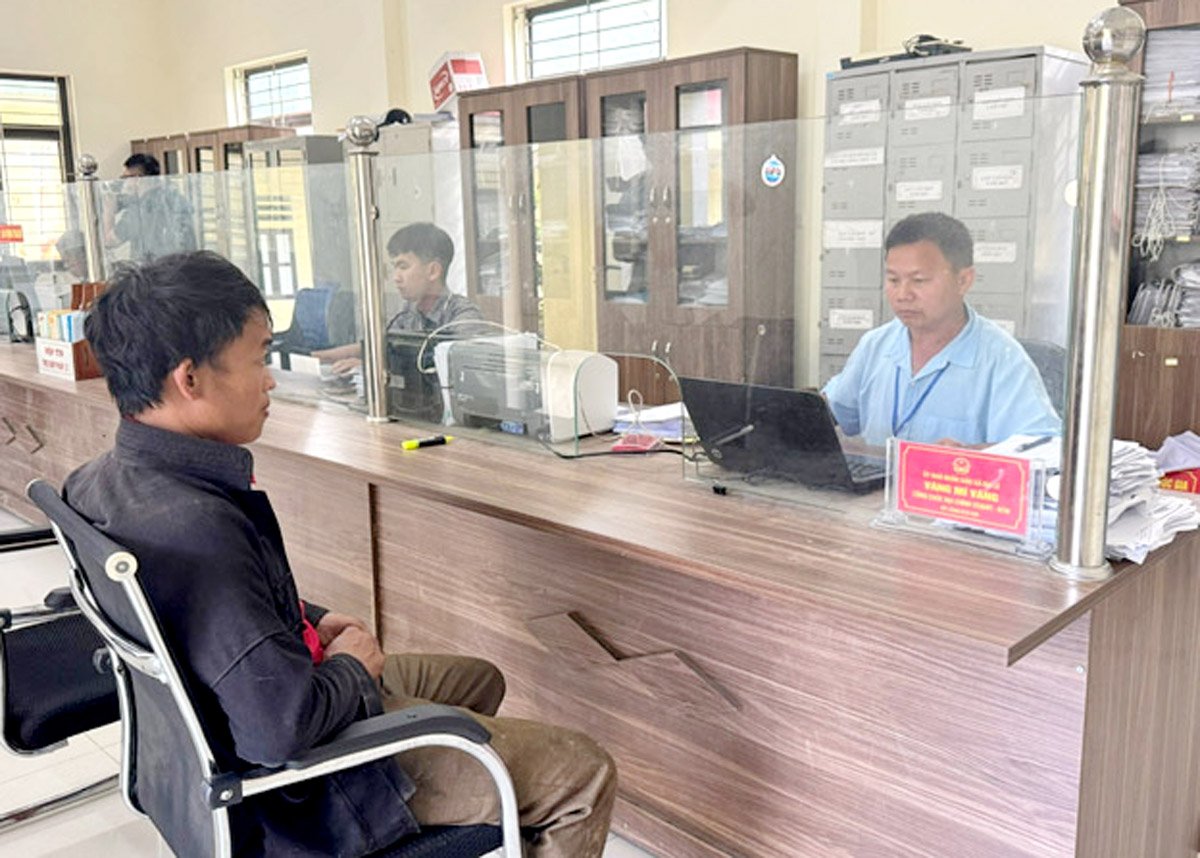






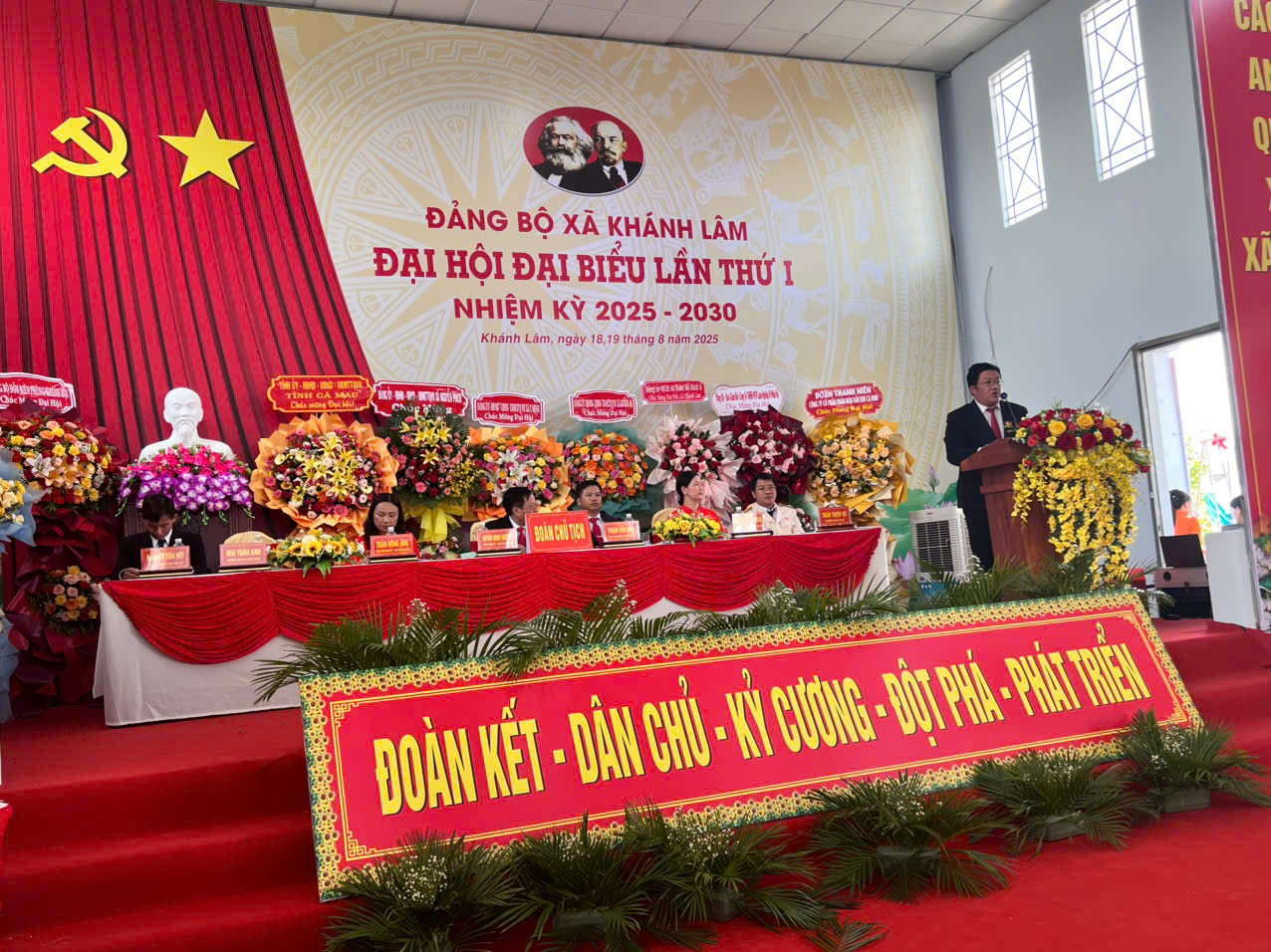
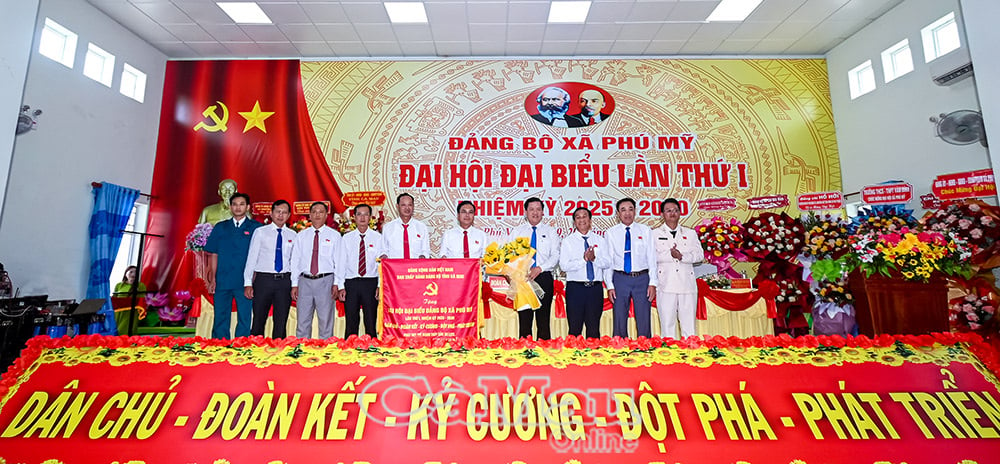

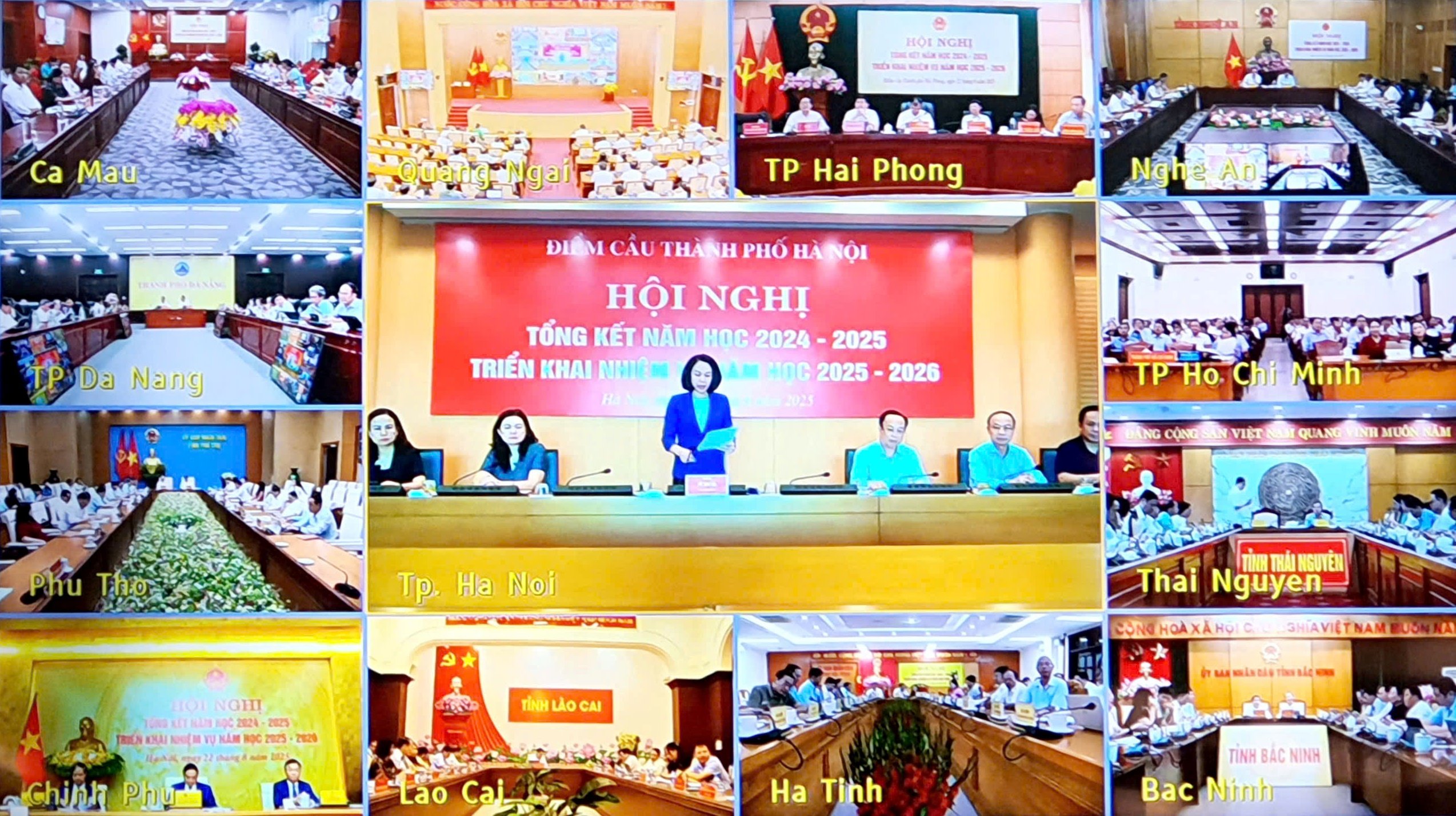
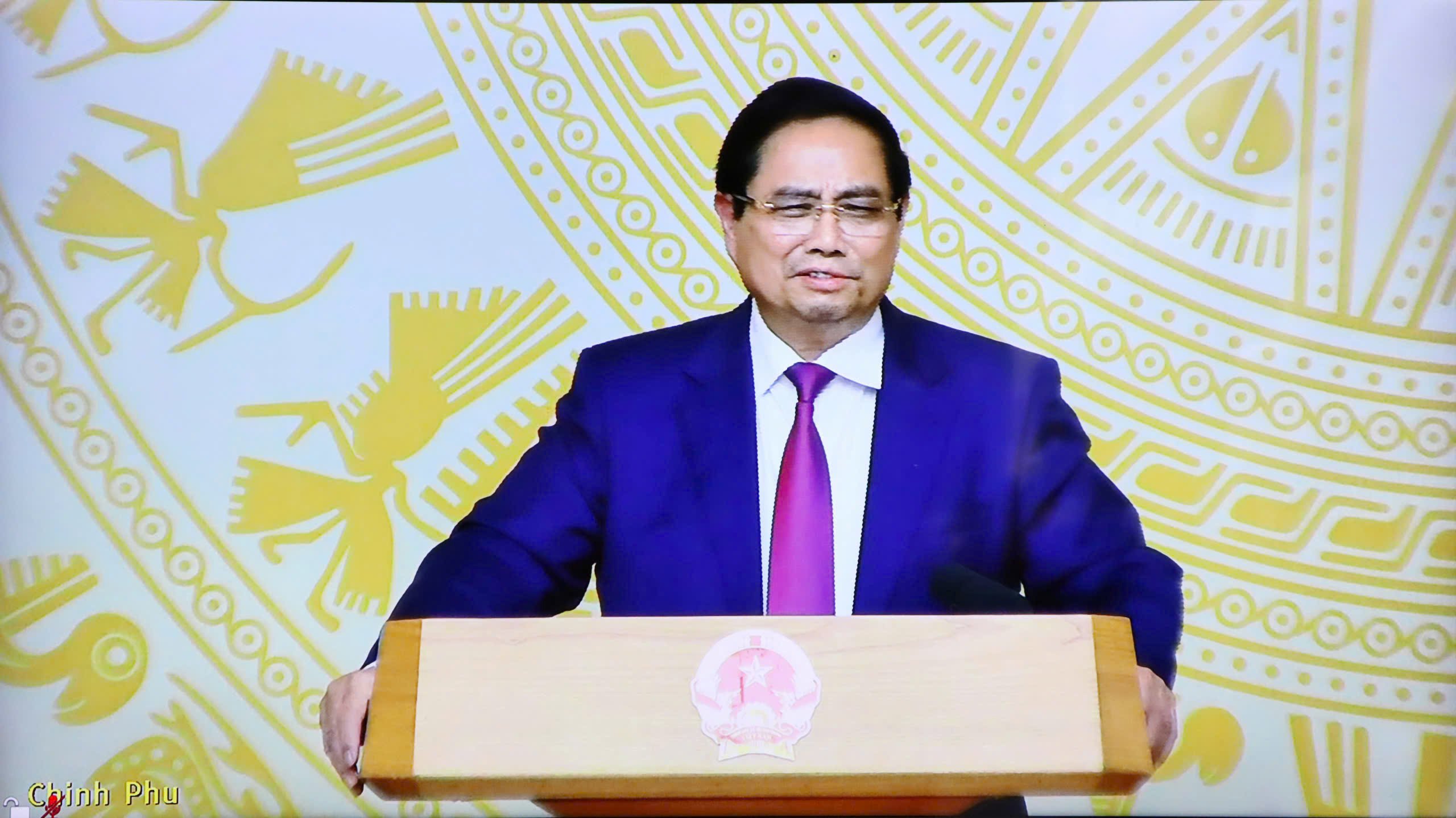
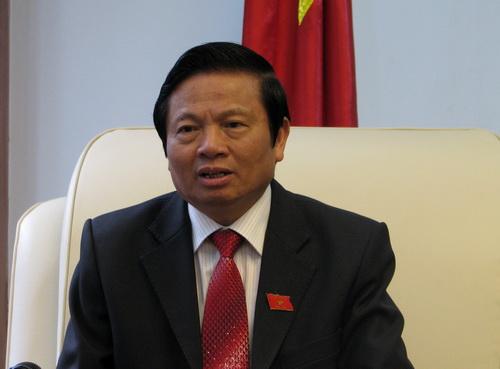
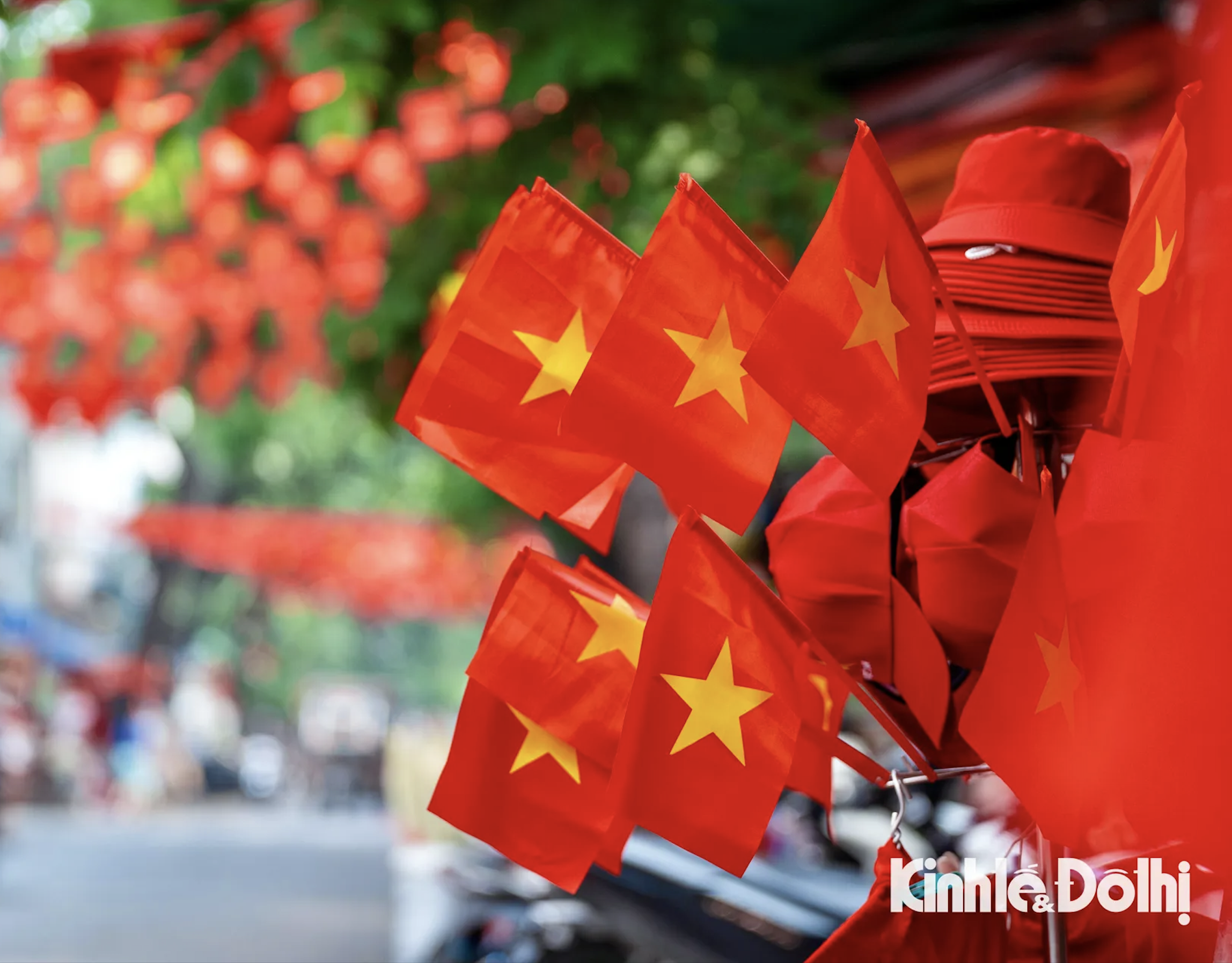




































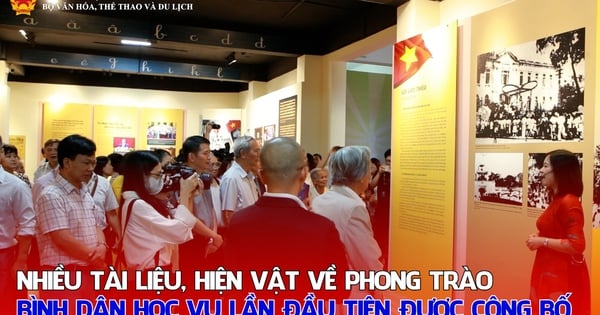

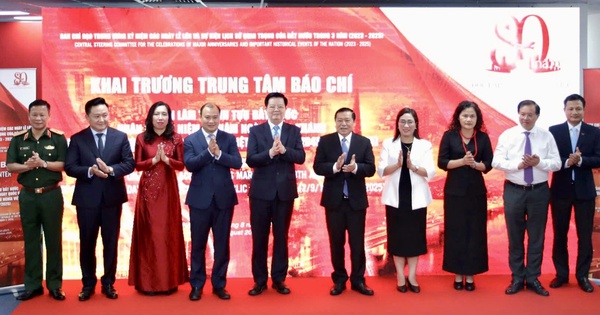
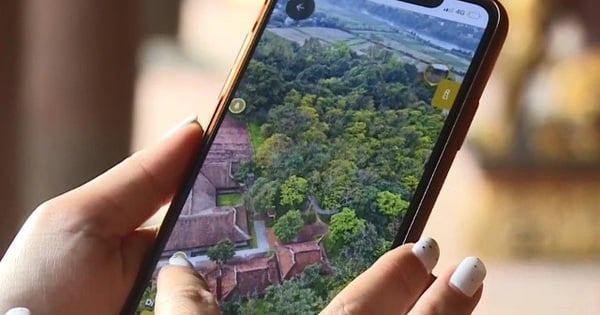
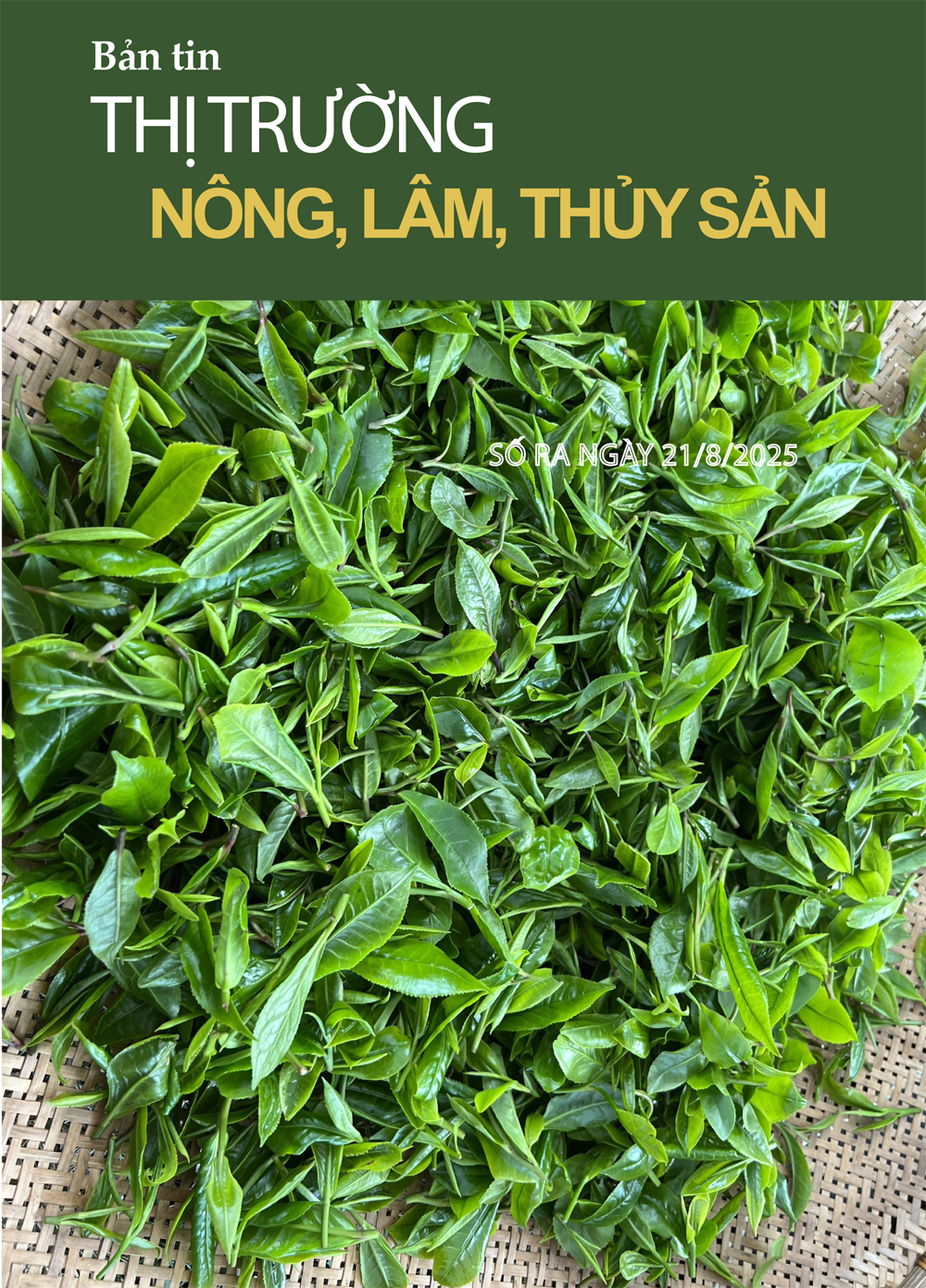






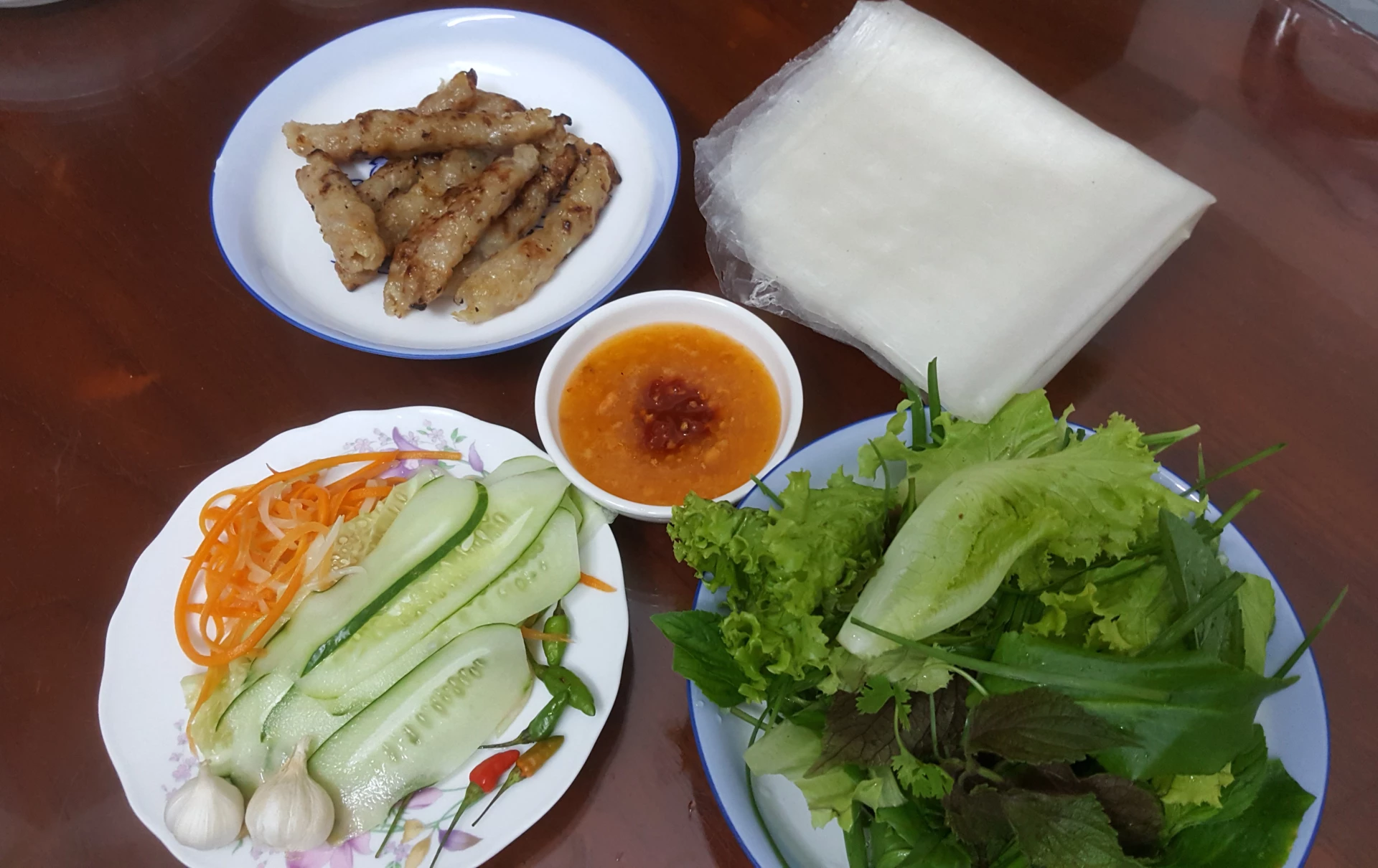




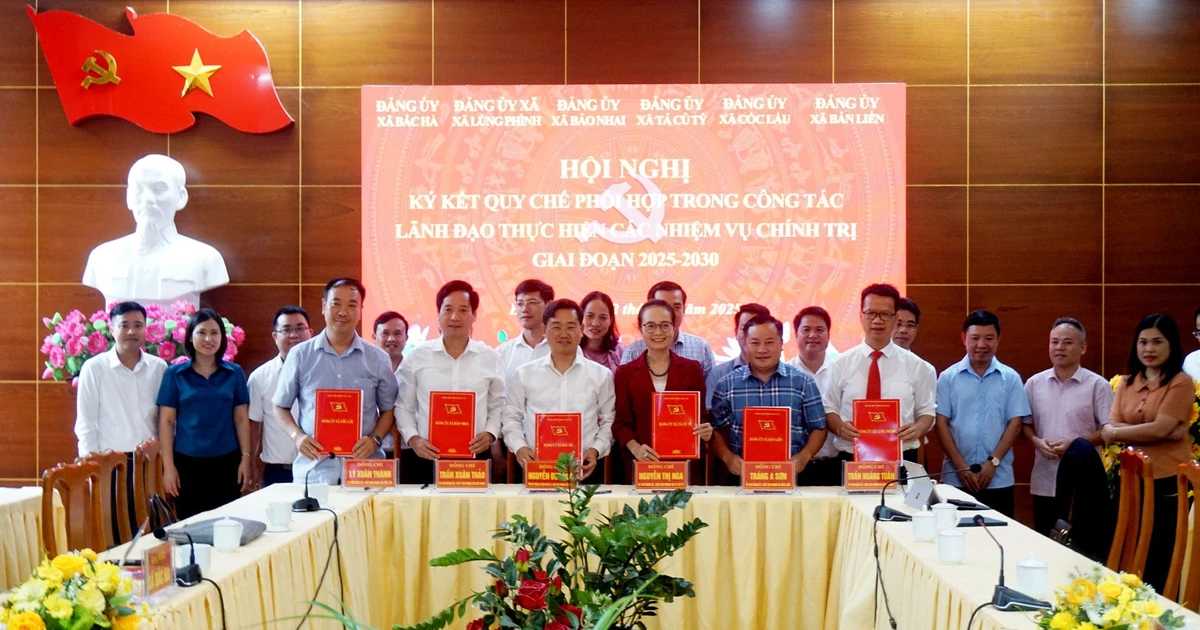













Comment (0)